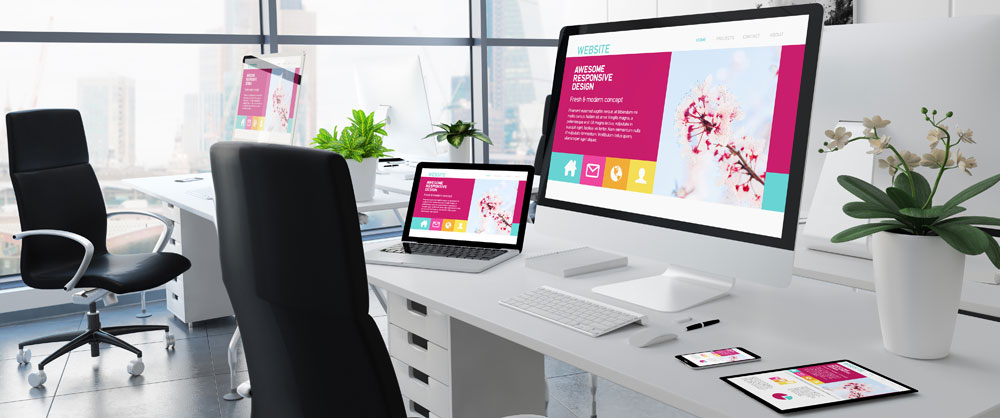While the homepage often steals the spotlight in web design, the unsung heroes of a website are its location landing pages. These often serve as the initial touchpoint for many visitors, bypassing the homepage altogether.
Recognizing this reality, optimising these local pages for stellar user experience and conversion potential becomes paramount.
The crucial ‘above-the-fold’ section, visible without scrolling, holds the key to captivating a visitor’s attention and steering them towards conversion upon landing on a location page.
Given that most visitors arrive at a location page directly from a Google search, crafting an above-the-fold experience that captivates and motivates action is crucial.
To maximize conversion potential on your location pages, consider implementing the following strategies:
>>> Spotlight Your Unique Offerings: Employ content and design features to highlight what sets your business apart from the crowd.
>>> Leverage Aggregated Reviews: Embed reviews from reputable platforms like Google Business, Facebook, or Yelp to build credibility and trust.
>>> Align with Searcher Intent: Anticipate and cater to the user’s intent, especially if they’re seeking offline engagement. Simplify the transition from online interest to offline action.
>>> Demonstrate Local Presence: Emphasize your physical presence in the area, appealing to users’ preference for local businesses.
>>> Clear Calls to Action (CTAs): Ensure prominent and compelling CTAs with well-crafted copy that nudges visitors towards conversion effortlessly.
By strategically focusing on these aspects, you can transform your location pages into conversion powerhouses, effectively engaging and guiding visitors towards taking desired actions.
When visitors land on a location-specific page, that initial glance, the ‘above-the-fold’ region, acts as a make-or-break moment. It’s akin to the storefront of a brick-and-mortar shop—an opportunity to entice passersby to step in and explore further.
Capturing Attention with Your Landing Page
Capturing attention within this prime real estate is vital. Imagine someone searching for ‘best pizza near me.’ If your pizza joint’s location page doesn’t swiftly convey why it’s the ultimate choice, the visitor might just scroll past and head elsewhere.
Firstly, emphasize your unique selling propositions (USPs). Be it exceptional service, locally sourced ingredients, or a signature dish, make these stand out visually and through compelling content. Use vibrant visuals, concise yet impactful headlines, and perhaps customer testimonials to underscore these USPs.
Moreover, integrating aggregated reviews can work wonders. People trust what others say about a business. By showcasing snippets of rave reviews from satisfied customers on Google, Facebook, or Yelp, you’re reinforcing credibility right from the outset.
A crucial aspect often overlooked is aligning with the visitor’s search intent. If they’re looking for something they can experience in person, like trying out a fitness class or visiting a café, make it seamless for them to take that next step offline. Provide clear directions, operating hours, or appointment scheduling options if applicable.
Establishing your local presence is equally crucial. For many users, proximity matters. Confirm your local roots, display your physical address prominently, perhaps with a map integration, and emphasize your connection to the community through local partnerships or events.
Last but not least, the call to action (CTA) reigns supreme. Craft these CTAs meticulously. Whether it’s ‘Book Now,’ ‘Visit Us,’ or ‘Order Here,’ make them visually striking, crystal clear, and irresistibly clickable. Pair them with persuasive copy that nudges visitors towards taking action without hesitation.
By honing in on these strategies and optimising the ‘above-the-fold’ section of your location pages, you’re not just creating a visually appealing experience but also paving a direct path for visitors to engage with your business – a win-win for both user experience and conversion rates.
